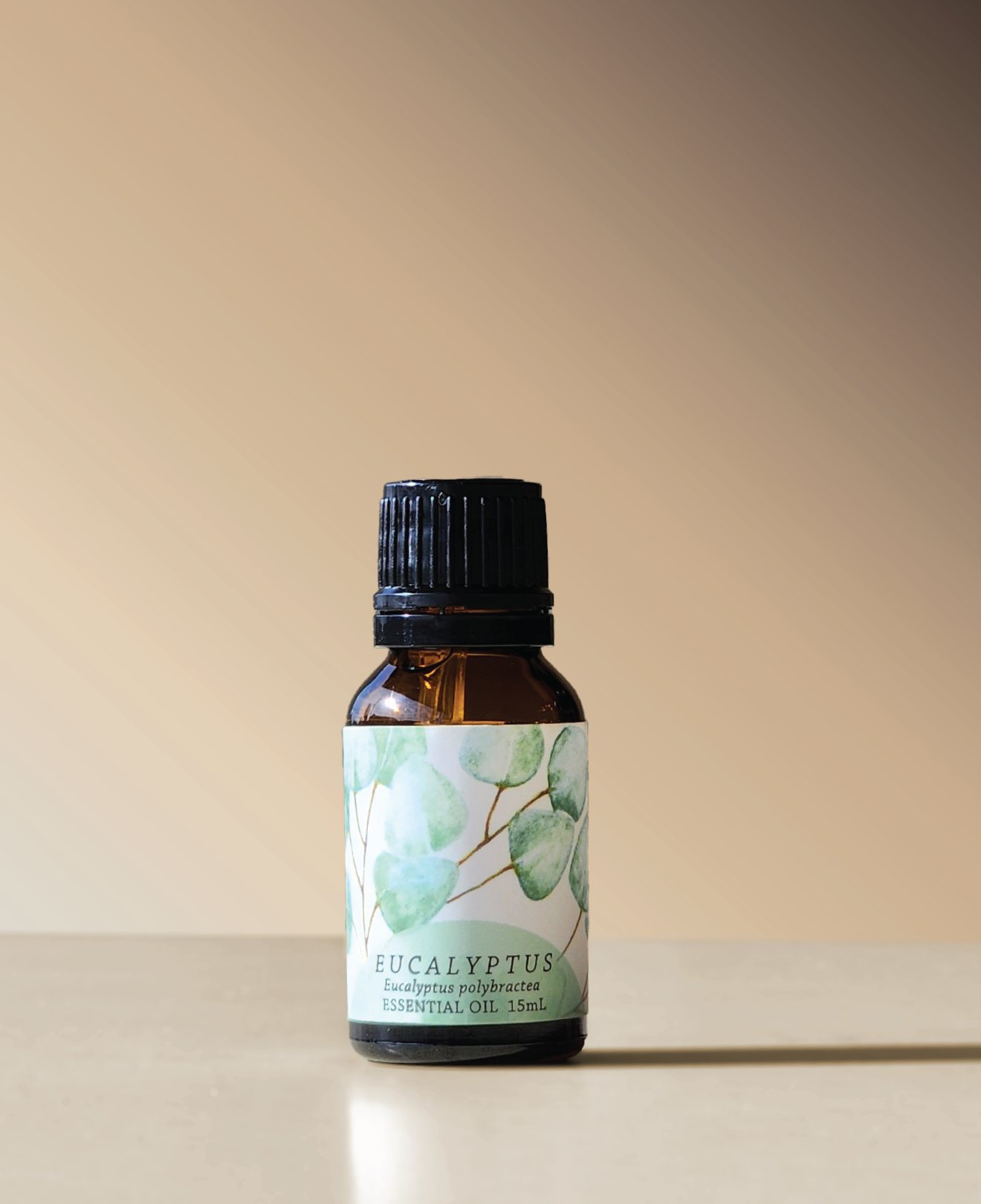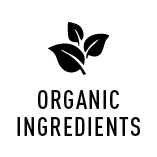
Organic Eucalyptus (Eucalyptus polybractea) Essential Oil
A minty, resinous Essential Oil prized for its antimicrobial and decongestant properties
| Click here for expert tips, important safety precautions, and inspiring recipes to get started! |
NET CONTENTS:






|
Ingredients

|
Ingredients
Good to Know
Choose options

Organic Eucalyptus (Eucalyptus polybractea) Essential Oil
Sale price$ 14.00

